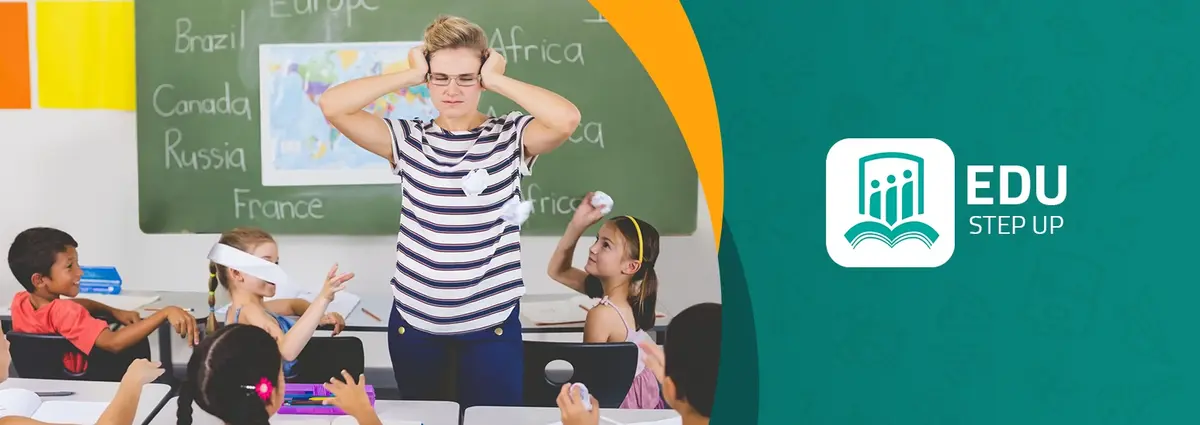
Thu 2024/03/07
How to manage the class for rioting students
Many teachers suffer from adjusting the classroom, which is considered the first important work for the teacher within the classroom, and without it the correct teaching process is not done.
Adjusting the naughty class is every teacher's dream to have a healthy learning environment. Recently, experiences have shown that the right ways of dealing with and knowing how to channel the energies of naughty students lead to discovering the creativity and skills of the child. By following a number of behavioral methods with these children, you can play a significant role in their success.
How to adjust the naughty class?
There are several ways to adjust the naughty separation, here are some tips that can be followed:
-
Creating a positive learning environment
This can be achieved by providing a suitable atmosphere for learning and positive interaction between students and teachers, as well as encouraging students to collaborate and mutually respect each other.
-
Using students' energies in a positive way
If you want to adjust the naughty class, you should think about the origin of this excess activity in the student. So, the teacher must guide the student on how to use his energy in positive matters. If the student does not respond to this advice from you, then his energies must be directed in a practical manner.
-
Make the naughty student responsible for the class.
For the success of the naughty class control plan, some bold steps must be taken, such as making the naughty student head of class. Perhaps this role can revive good qualities in it; for example, if he treats students badly, they will treat him similarly, so he starts by showing kindness and respect to other students.
-
Provide positive models.
Teachers can work to motivate students to mimic positive behaviors by highlighting students who behave correctly and are based on shared ethical values and principles.
-
Use of positive interaction
Teachers can use positive interaction as a way to encourage and motivate students to behave better, for example, paying tribute to students' good actions and providing rewards when needed.
-
Use grade management
Grade management can be used as a means to reduce chaos, and these strategies include the positive triangle, time management, and reorientation.
Some of the means used in the separation administration to achieve order and discipline are:
- The teacher observes, monitors, and notifies the students throughout the class.
- having fun and accepting the joke, the teacher can change the general atmosphere and feeling in the classroom. Students shift from distress and boredom to fun, and from inactivity to activity.
- The teacher's vitality, he is an educator, a judge, an actor, and a friend, should take into account the continuous movement within the classroom and communicate his voice to all students.
- Taking into account the element of time, he has to control the time factor so he can complete his lesson before the end of the class time.
- Cooperation between teachers. Students should be prepared for the next lesson, and the teacher should only go when the other teacher attends the other class.
- The teacher should know what is going on in the minds of the students, taking into account the particular circumstances of each student.
- Praise, presentation of prizes, material, and moral rewards such as smiling and writing encouraging words
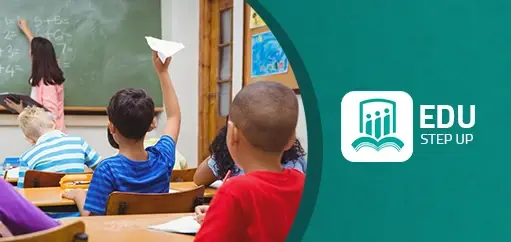
Tips on how to manage the classroom for disruptive students
Dealing with extreme student behaviors can be a disheartening experience for teachers, and diffusing small behaviors before they become big problems requires a skillful balance of concealing your emotions and using techniques to de-escalate the behavior.
Here are some tips on how to handle challenging student behavior and get back to class.
-
Get to the root of the matter
Behavior is a form of communication, so consider what could be causing the disruptive behavior. Determining the cause can help teachers proactively meet student needs while remaining in control and avoiding inadvertently reinforcing bad behavior.
While the type of behavior may vary, the function of behaviors typically serves one of two purposes: to get something (i.e., attention) or to avoid something (i.e., work). For instance, a student who constantly disrupts your class may be communicating a need for attention.
Rather than reinforcing this behavior by responding to a student's blurting out—as negative attention is still attention—try anticipating the behavior and meeting the student's need beforehand. Meet with the student before class and ask them to help you with a special job. Make a point to have a one-on-one conversation about a subject of interest to the student. By meeting the student's need on your terms, you may stop the behavior from even occurring.
-
Reach out to colleagues for support.
Most schools have teachers who specialize in working with students who have behavior issues. If you're dealing with extreme student behavior, seek out these individuals and ask for their advice.
Experts suggest that the best advice is to provide clear, simple, and firm expectations for the students," they said. "They will push and try to cross the line. Don't back down, and don't show them it upsets you. Also, if they are trying to suck you in, ignore it and walk away when possible."
-
Remember to Remain Calm
Some institutes offer training opportunities for schools on de-escalating and dealing with a wide range of student behaviors. In addition to training, these institutes offer free resources on techniques for diffusing challenging student behaviors.
While easier said than done, the Institute notes that one of the most important things you can do when dealing with challenging behaviors is maintain your own self-control. Visualize yourself somewhere relaxing to maintain the appearance of calm, and use conversational "diffusers," which are short phrases such as "I hear you," "Thanks for sharing," or "Nevertheless." Spoken matter-of-factly, these diffusers can de-escalate a situation and show you're still in control.
Silence is another useful de-escalation tool. If a student is challenging you, try waiting silently for about 10 seconds and see if the student doesn't give up. While it might feel like an eternity, the extended wait time has shown to be effective.
-
Have a plan and stick to it.
Every teacher should have a plan for dealing with students whose behaviors are chronic or continue to escalate. If you're working with a student who has an identified emotional or behavioral disability, consult with the special education teacher. The student's individual education plan or behavior intervention plan should provide a detailed plan for handling their behavior.
Students will test boundaries, so teachers need to set clear limits that are consistently enforced. Whether it's a positive behavior system, rewards, or strikes, you need a classroom management system that rewards positive behavior and penalizes poor behavior choices.
Make sure your plan is clear and students are fully aware of the consequences of not following it. But more importantly, stick to your plan. Consistently enforce your rules, or students will quickly learn they can get away with misbehaving in your classroom.
-
Involve Administration When Necessary
When extreme behaviors occur, safety should be your primary concern. No teacher should tolerate being hurt or threatened. If students aren't responding to your attempts to correct their behavior, it may be time to involve administration.
With a violent incident, isolate the student and call for help. If you can't isolate the student, you may need to move the class away from the student for everyone's protection and safety. After the incident, allow yourself and your students time to cool down. Breathe and regain your composure, then be sure to write up a complete report detailing the incident.
-
Documentation and Reports
If you're struggling with student behavior, make sure to document the behaviors and the interventions you've used to address them. Documentation is critical to establishing a pattern of behavior, and it's pertinent information for administration if they need to become involved. Also, if administration is not supportive or questions you, having documentation protects you by outlining the steps you've tried prior to involving them.
Read also:
most important criteria for successful classroom management
Like it or not, student behaviors are an inescapable part of being a teacher. Develop a plan and practice using techniques to stop behaviors before they begin. Skillfully managing student behaviors doesn't have to be the worst part of your job; it can be your opportunity to shine.
Leave Comment






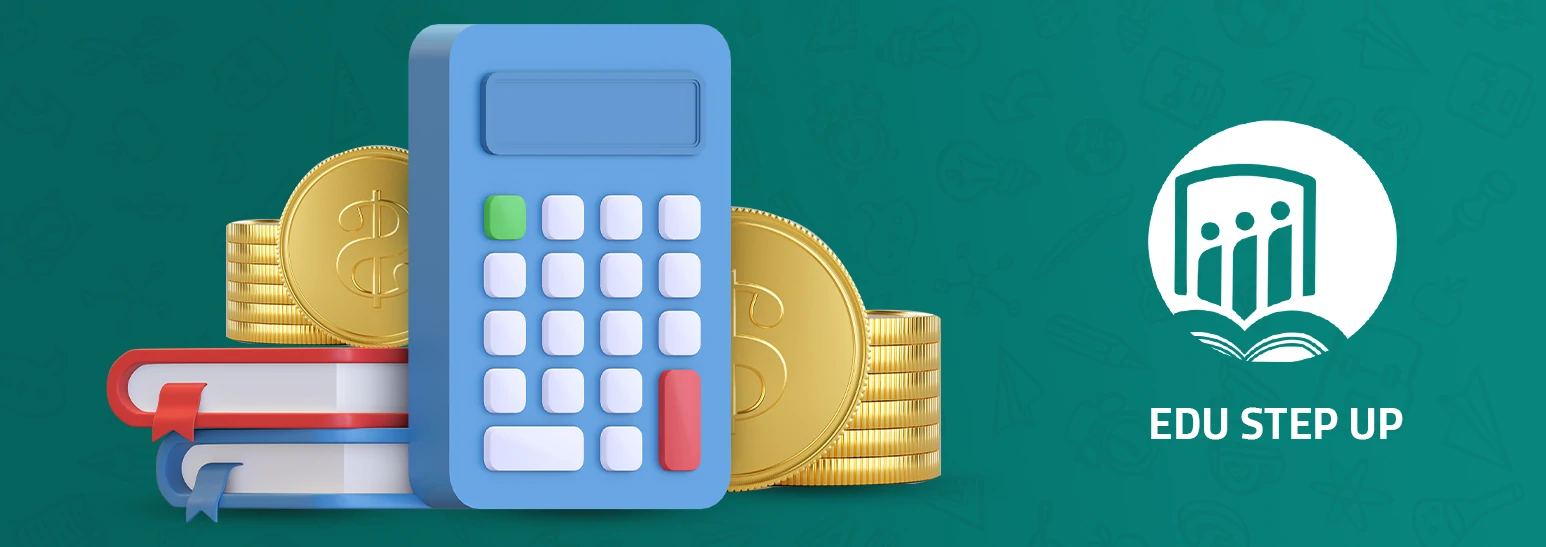
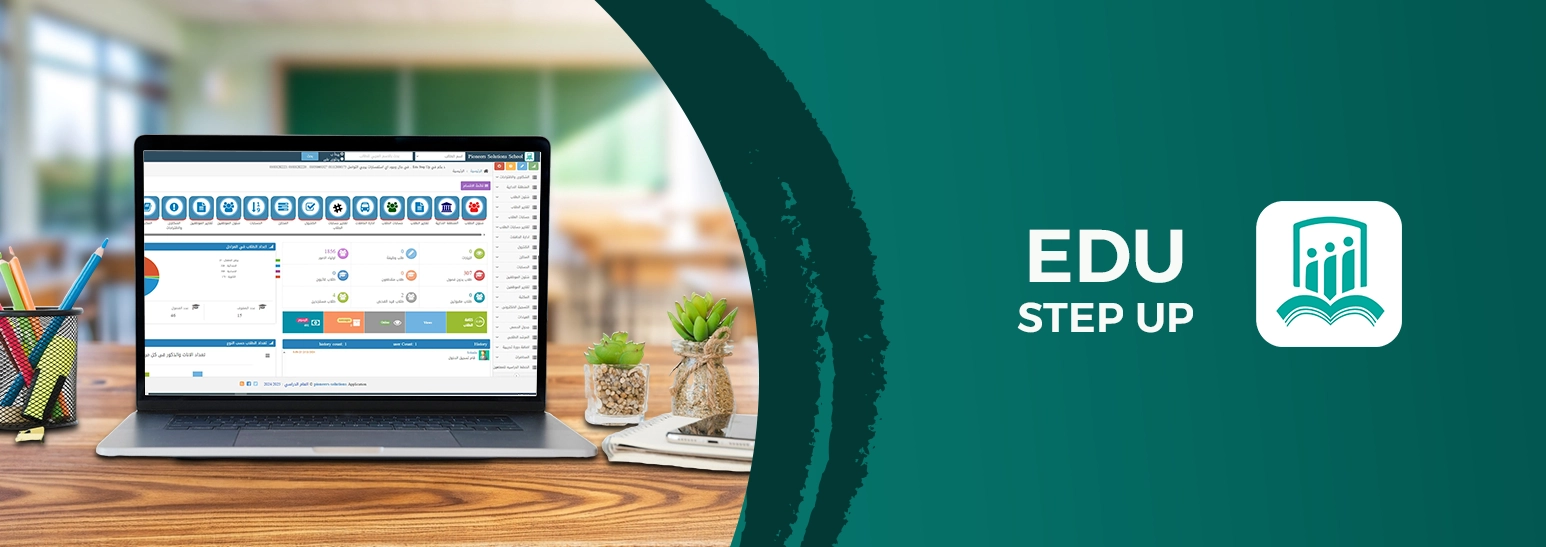

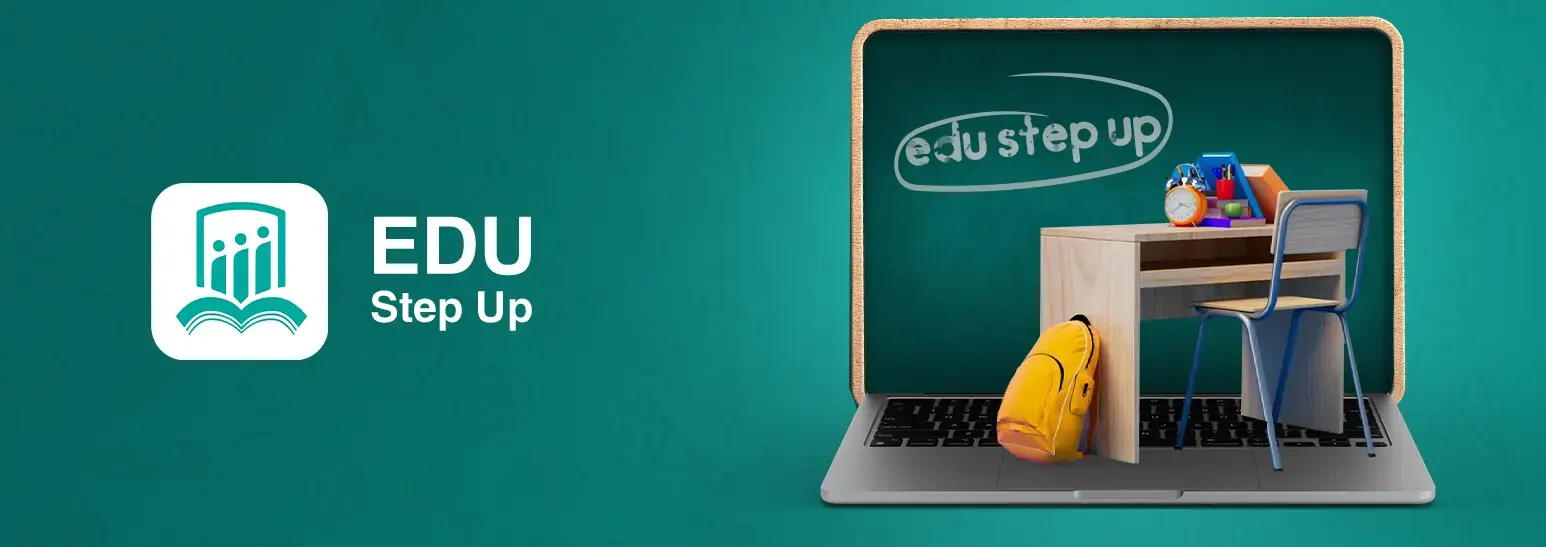
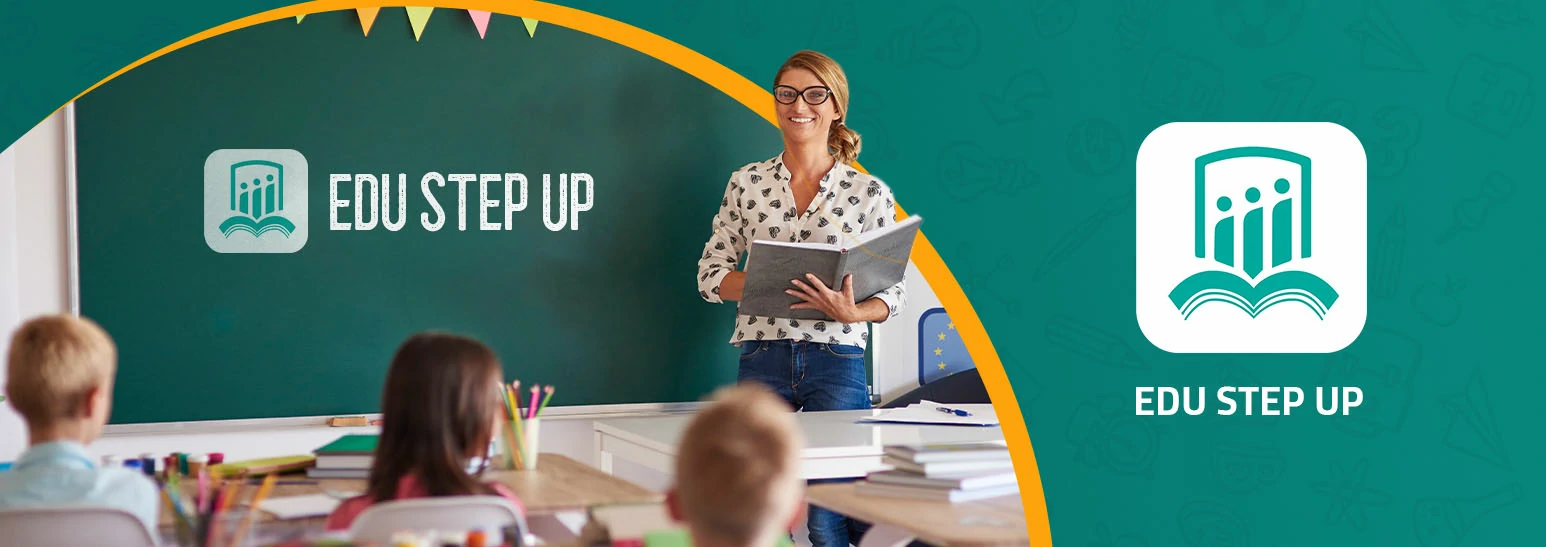
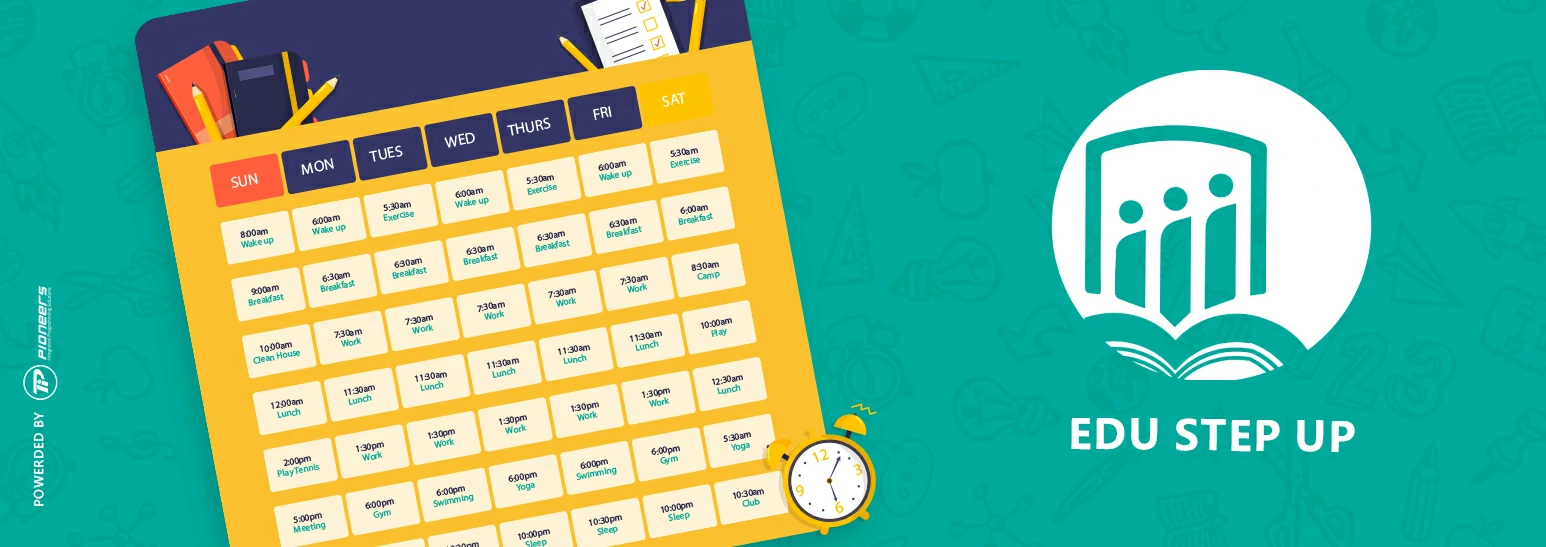
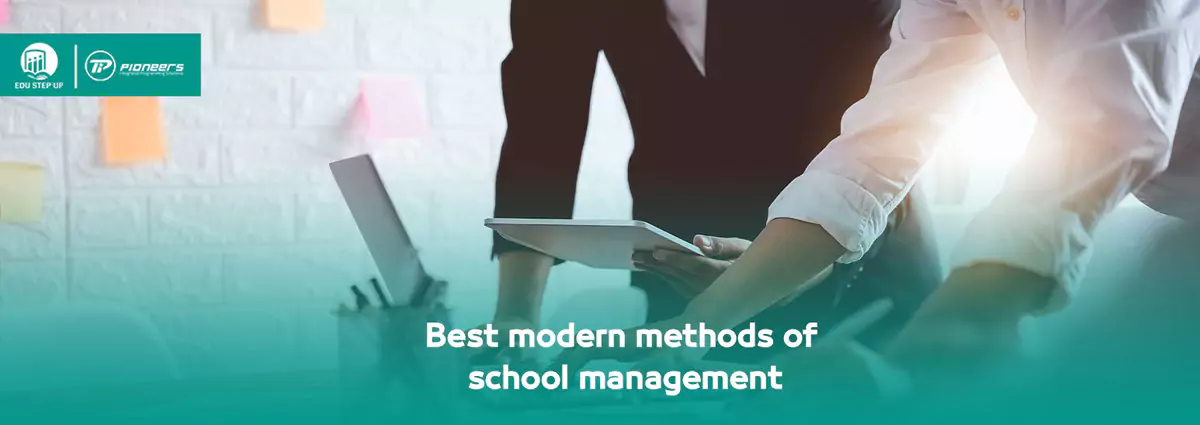

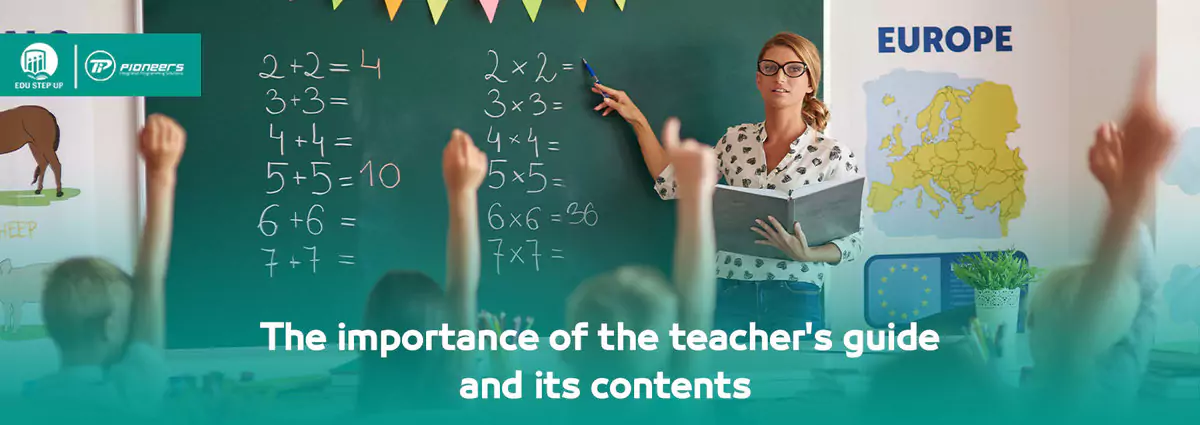
Comments